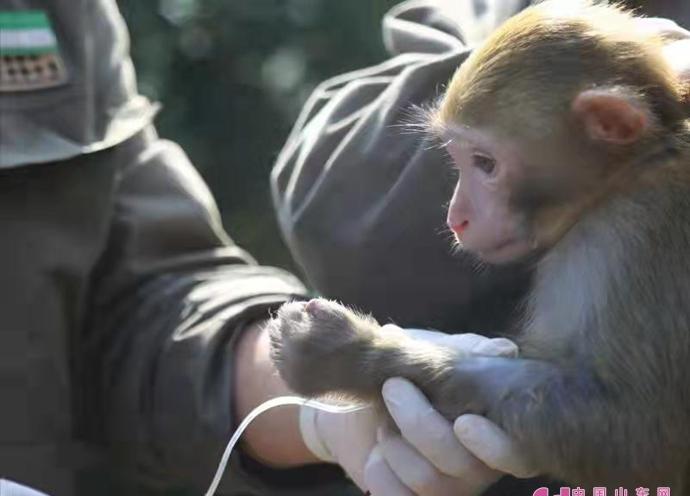China Shandong Network - Perception Shandong October 27, 2017 After the frost fell, the temperature plummeted, in order to ensure the health of animals into winter, a comprehensive physical examination was put on the agenda. Qingdao Forest Wildlife World conducts blood collection, laboratory testing, weighing and other physical examinations for more than 2,000 animals of more than 200 species in the park, such as squirrel monkeys, alpacas, Asian elephants, Siberian tigers and hippos. Comprehensively understand the health status of animals, continuously improve the animal management information system, and update the database.

The reporter came to Qingdao Forest Wildlife World and learned that it is a huge task to physically examine the animals in the whole park, and the physical examination work has begun since the beginning of October. On the day of the interview, veterinary personnel conducted physical examinations for Asian elephants, Siberian tigers, squirrel monkeys, and black hat hanging monkeys. The reporter followed the veterinary staff to Monkey Mountain, and through the blood collection, stool removal, weighing, auscultation, oral examination of squirrel monkeys and black hat hanging monkeys, the health status of squirrel monkeys and black hat hanging monkeys was preliminarily judged, and the next step was to carry out blood routine and biochemical full testing.
In the Asian Elephant Museum, the reporter saw that after the preliminary behavioral training and the instructions issued by the nursery staff, the elephant successfully cooperated with the veterinarian to collect blood from the ear, and at the same time carried out foot trimming, oral and eye examination, and the elephant feces were also collected at the scene to prepare for the next step of testing.
After completing the preliminary health assessment of the Asian elephant, the reporter followed the staff to the beast area. Here, the veterinarian will conduct a physical examination for the Siberian tiger, including: blood collection, stool removal, weighing, auscultation, etc. By measuring the body length, shoulder width and other physical data of the Siberian tiger, and referring to the average physical examination of the Siberian tiger, the assessment results of the Siberian tiger in the park reached the standard.
The veterinarian then came to the laboratory of the veterinary hospital with the blood and stool samples just sampled and tested the samples in their entirety. After analysis, the test results are all normal.
The reporter interviewed Qingdao Forest Wildlife World Veterinarian introduced that animal physical examination is not only an important basis for preventing animal diseases and health care, but also has important guiding significance for the formulation of food ratios in the later stage. Successful diagnosis and treatment of wildlife diseases is particularly difficult, so physical examinations are particularly important.
Physical examination is a daily physical examination, through the visual examination, palpation and other ways to determine the results of the physical assessment, and then according to the results of the physical examination to make an appropriate amount of recipe adjustments.
In-depth physical examination is mainly a blood biochemical examination item, which is an important basis for mastering animal health. Blood biochemistry reflects the internal function of the animal's body and is the main means to detect the animal's disease in advance.
Through the summary analysis of the results of inspection and evaluation, the animal management information system is improved and the database is updated. According to the test results of each animal, the recipe ratio adjustment and environmental abundance are made. Continuously improve the quality of life and welfare of animals to ensure that each animal can maintain the healthiest state.